These stretchable optic fibre-based sensors could be stitched right into your clothes to monitor muscle strain during exercise.
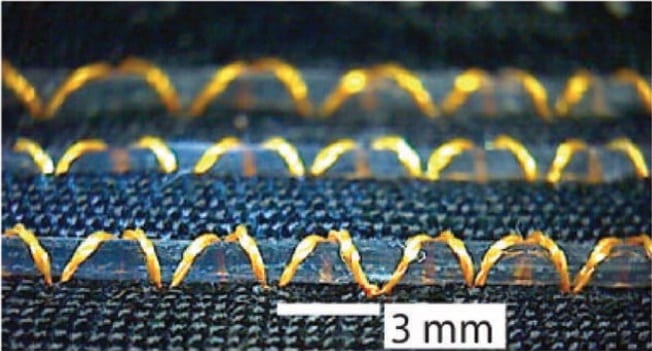

These stretchable optic fibre-based sensors could be stitched right into your clothes to monitor muscle strain during exercise.
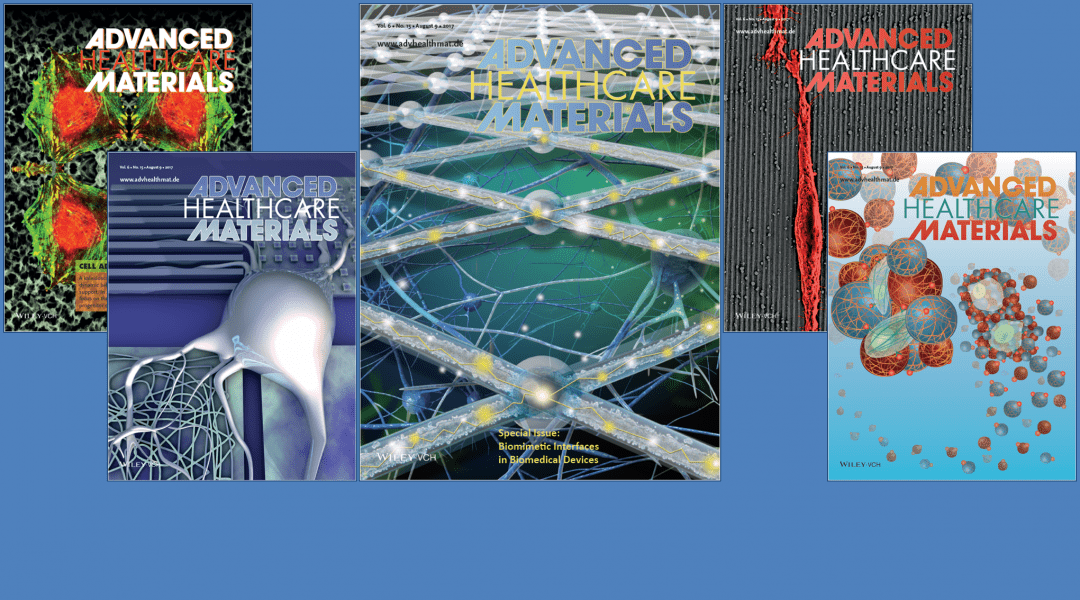
This week’s Advanced Healthcare Materials special issue with João Mano, Ali Khademhosseini, and Insung Choi.

Nominate a colleague for the Biopolymers Murray Goodman Memorial Prize, awarded for accomplishments in biochemistry, biophysical chemistry, biophysics and/or chemical biology.
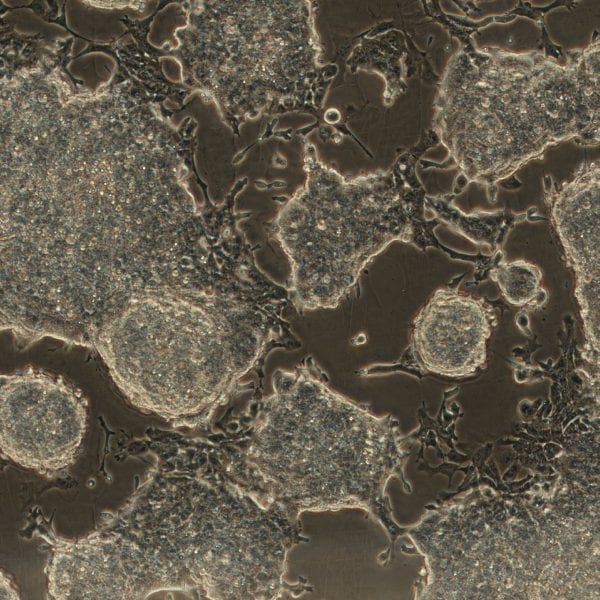
Cell fate and dynamic behavior of cells can easily be monitored in microfluidics using few cells and reagents for regenerative medicine applications.
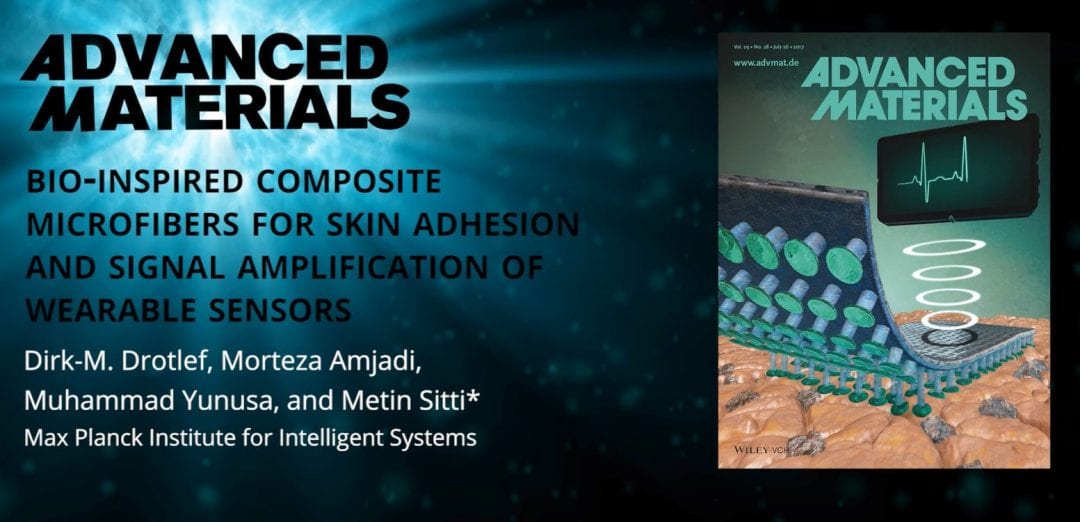
Researchers from the Max Planck Institute for Intelligent Systems develop a durable, flexible adhesive film for use in wearable healthcare devices.
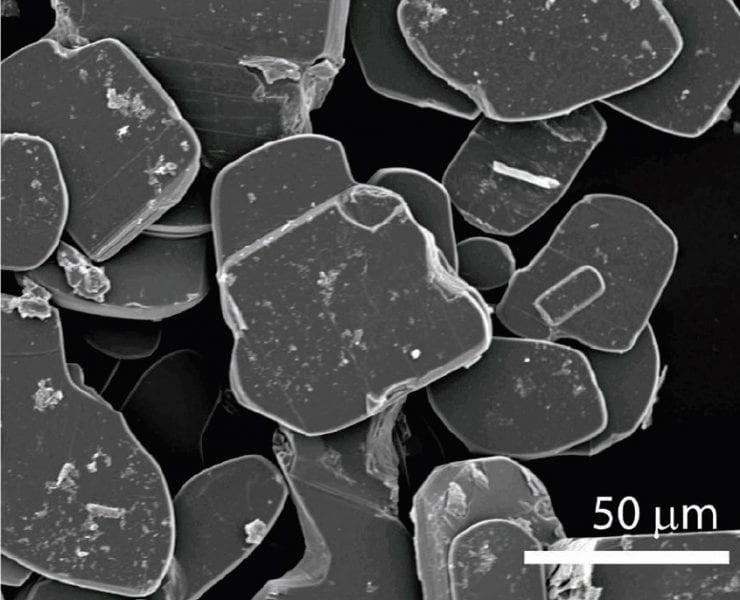
This organic–inorganic composite lubricant displays the best of both worlds for solid-state, high-temperature applications.
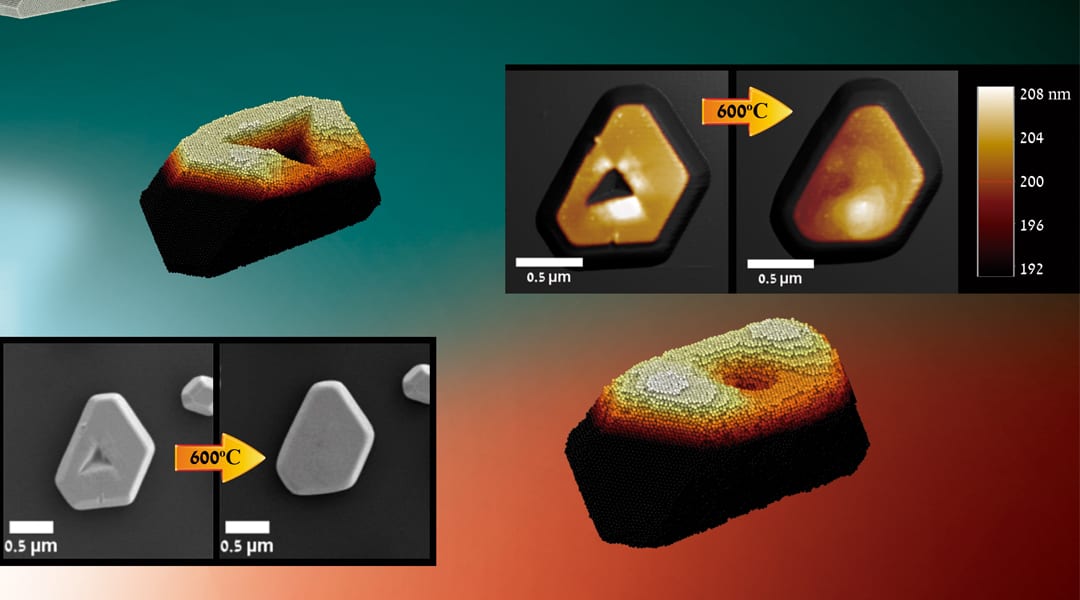
The combination of two irreversible processes is shown to lead to damage recovery and reversible restoration of particle shape.
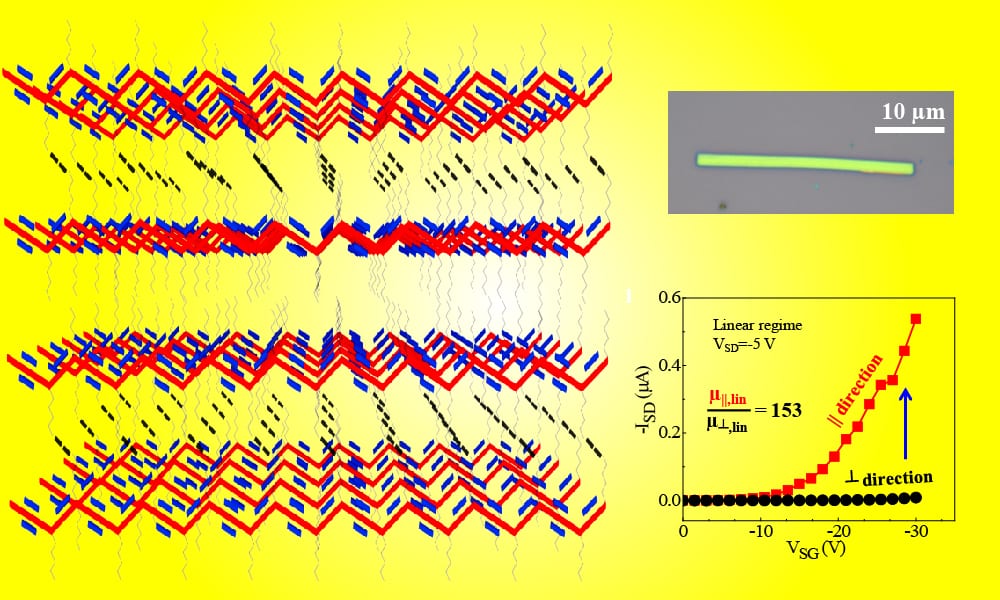
A breakthrough in producing high quality conjugated polymer single crystals is demonstrated by physical vapor transport and topochemical-polymerization. Intra- and inter-chain charge transport can be measured separately in an individual conjugated polymer single crystal.
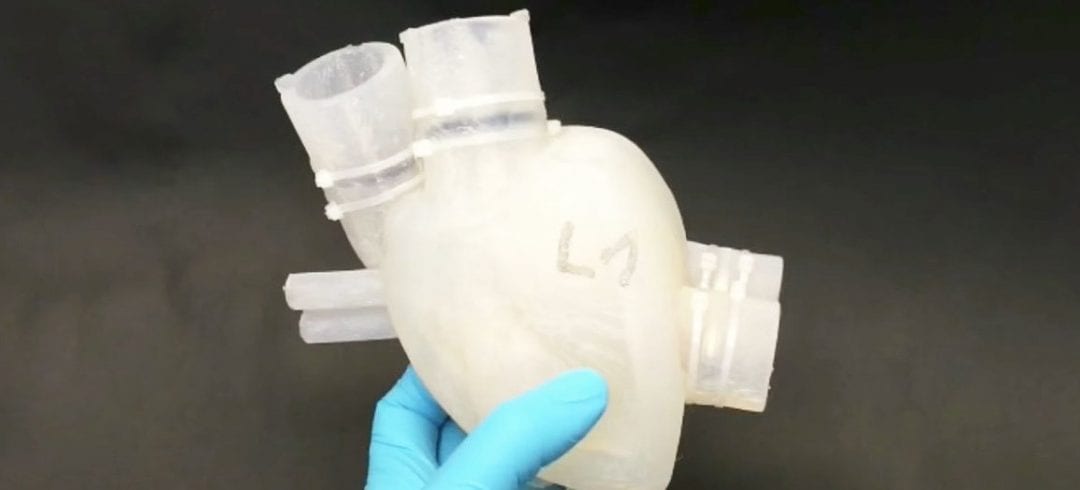
ETH researchers have developed a silicone heart that beats almost like a human heart.

The enhanced emission of Cu nanocrystals/MOF composites is selectively quenched by TNT.